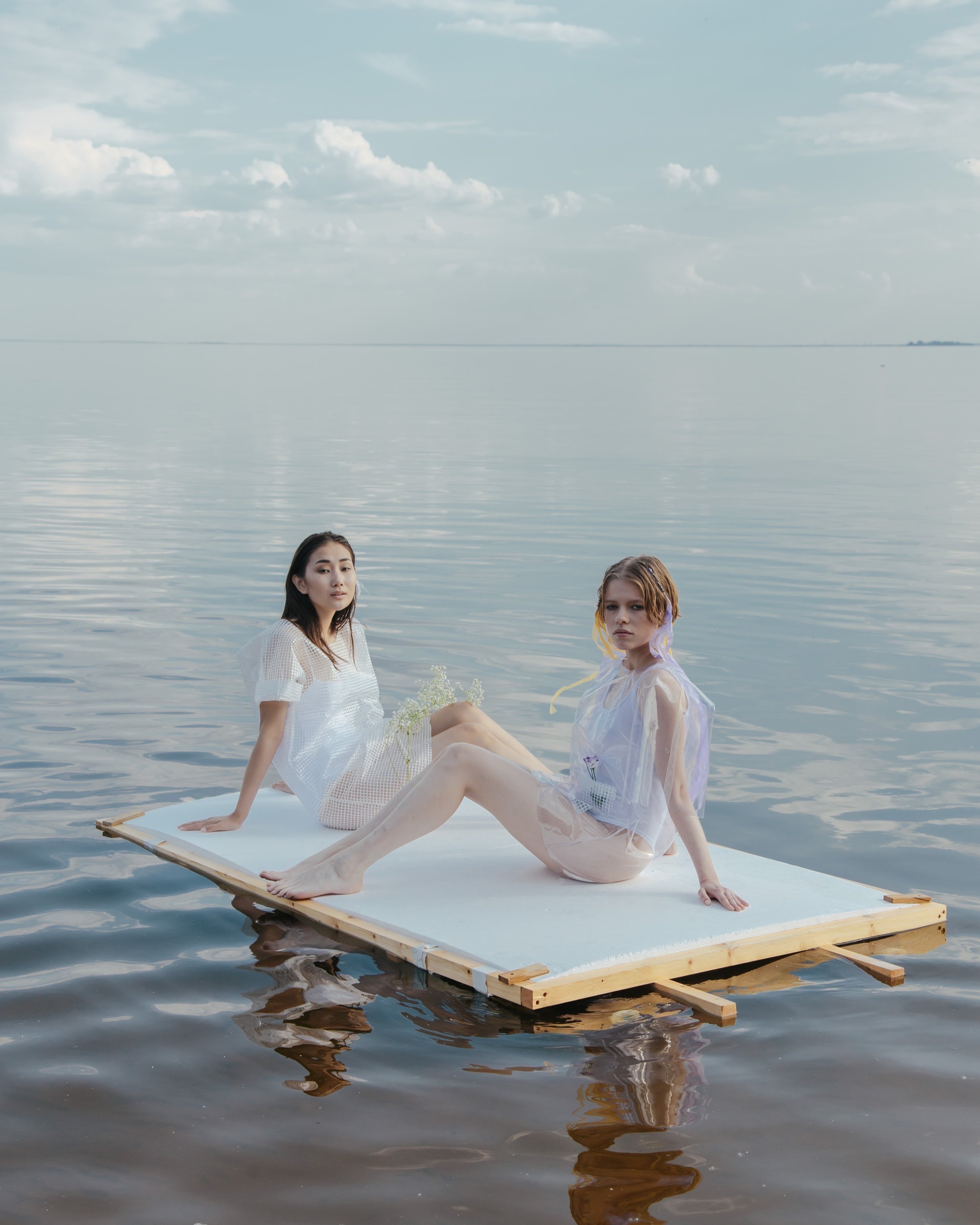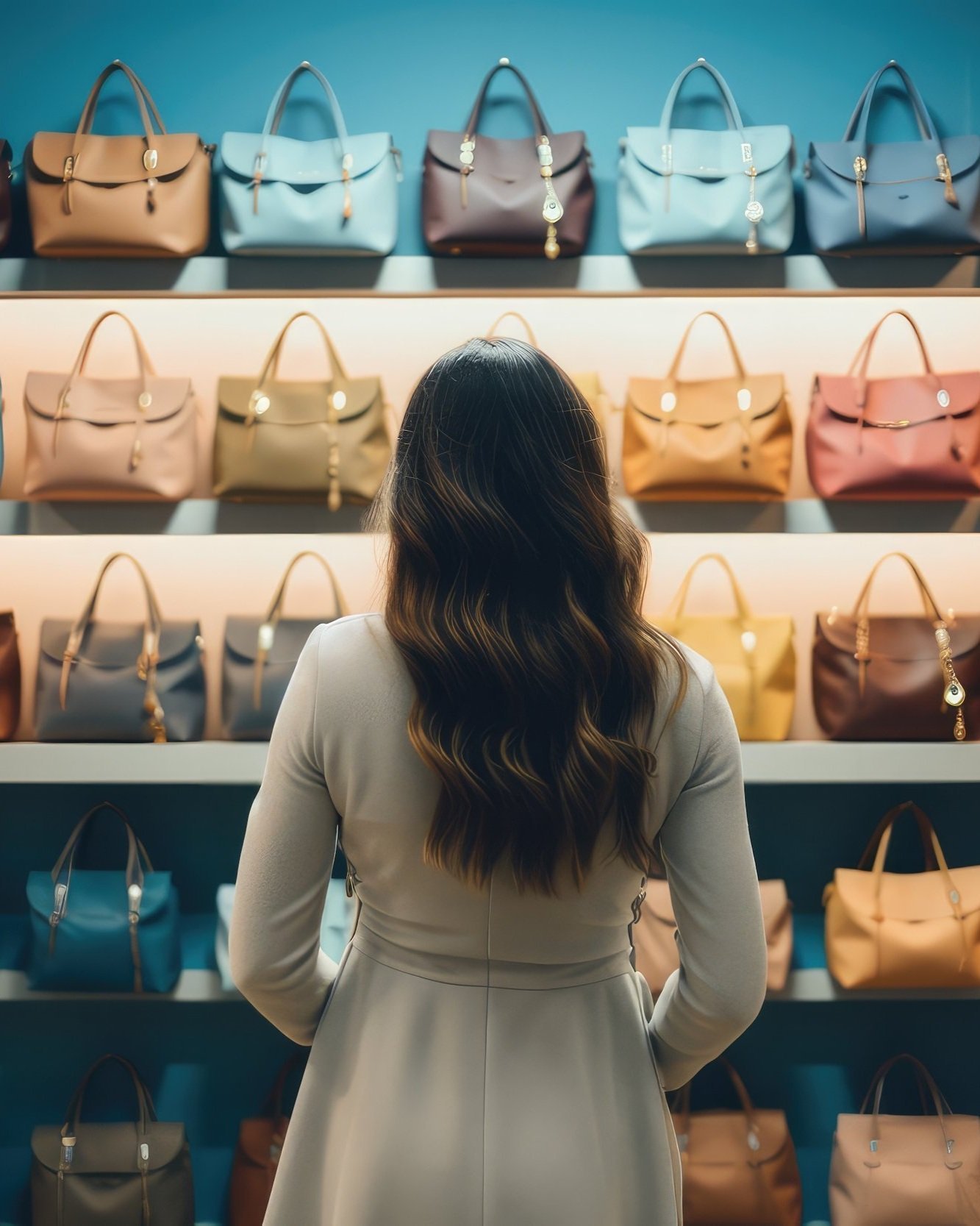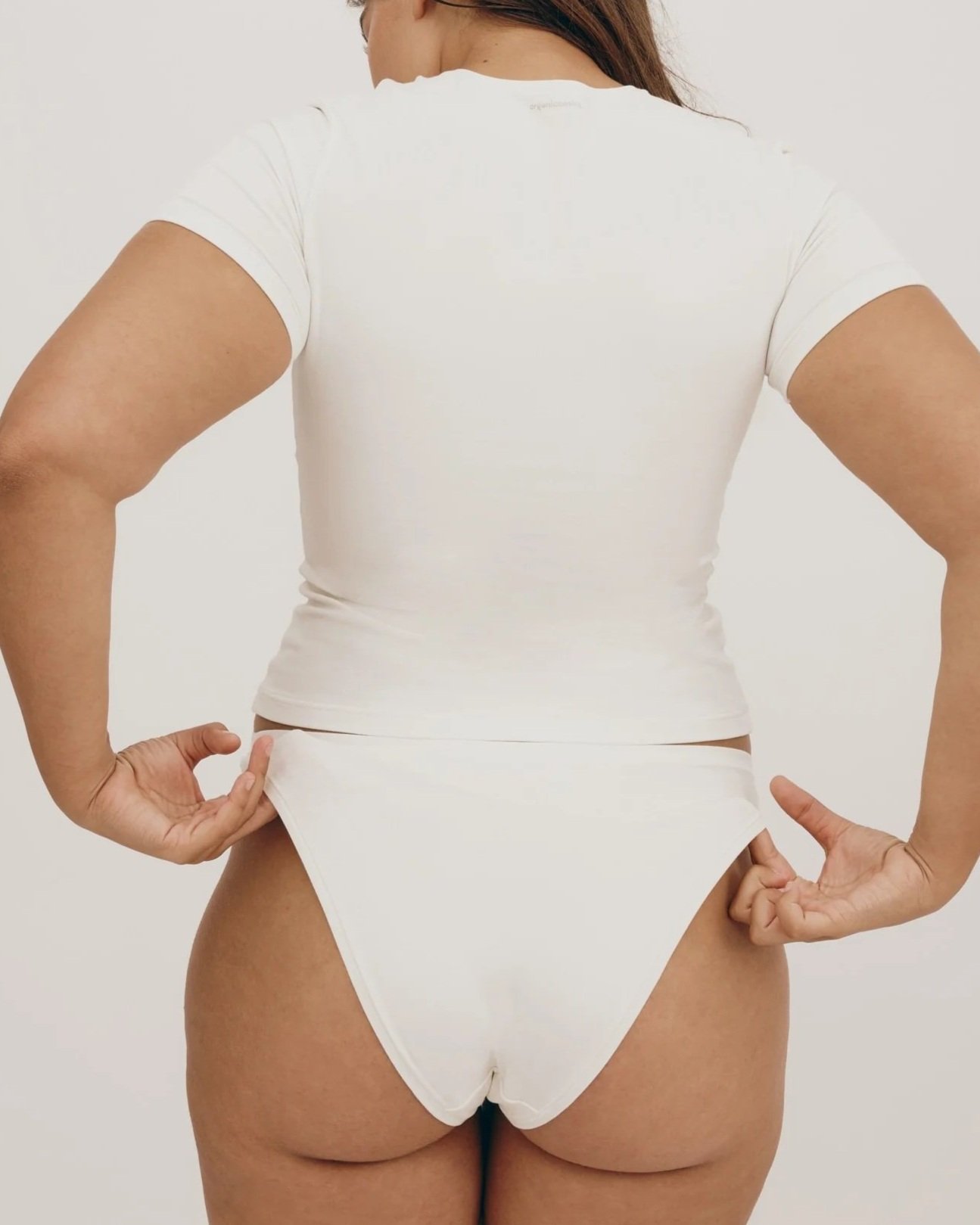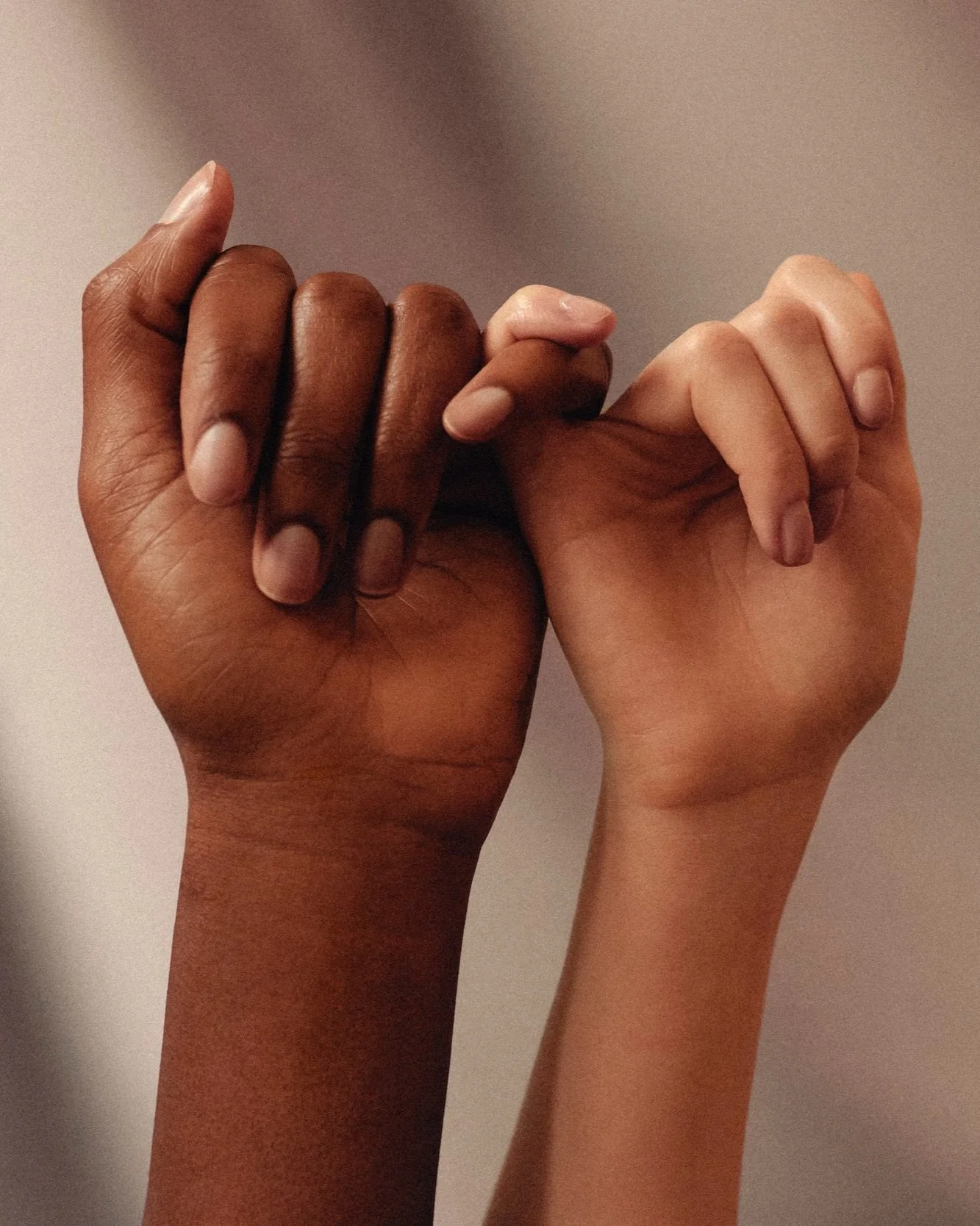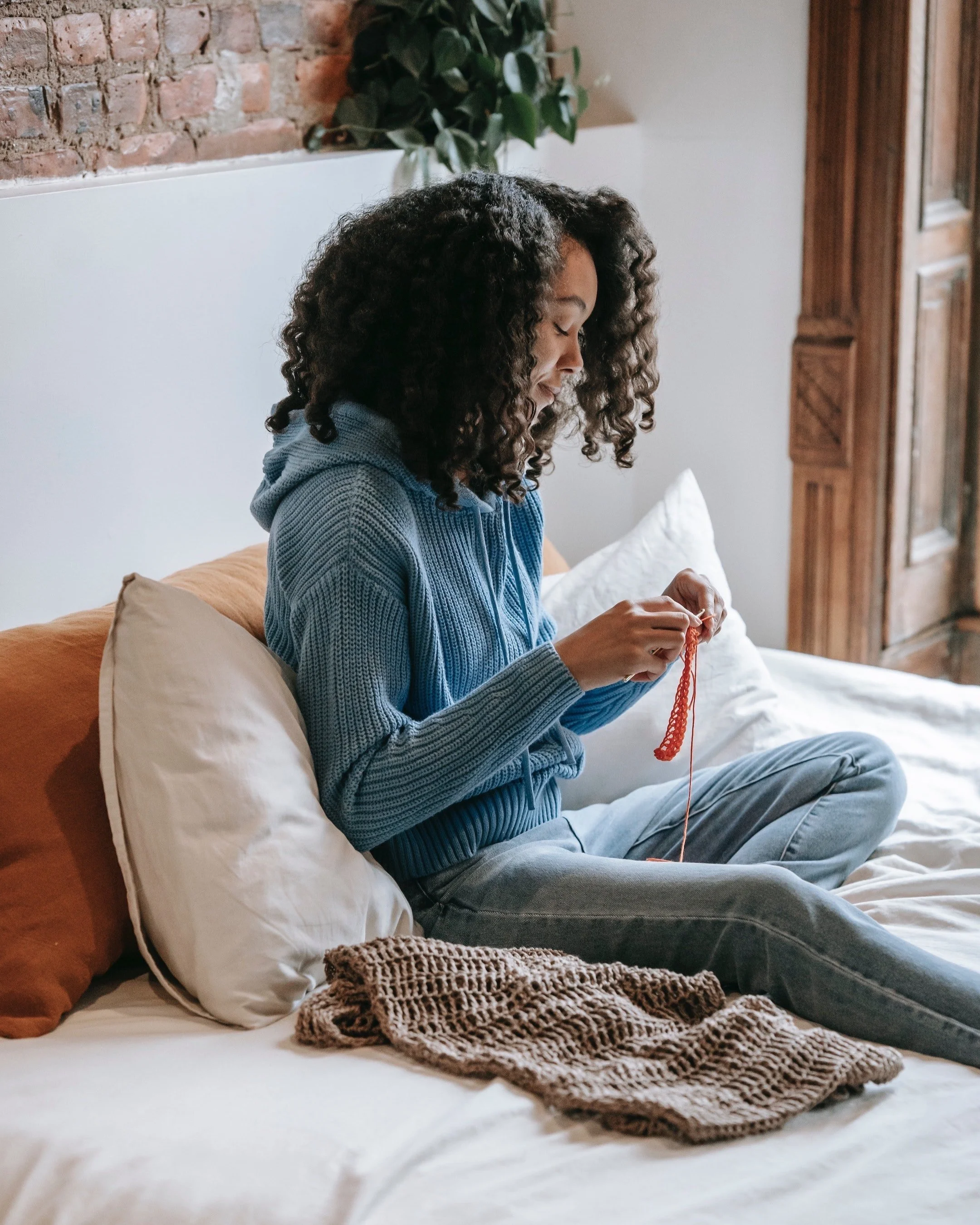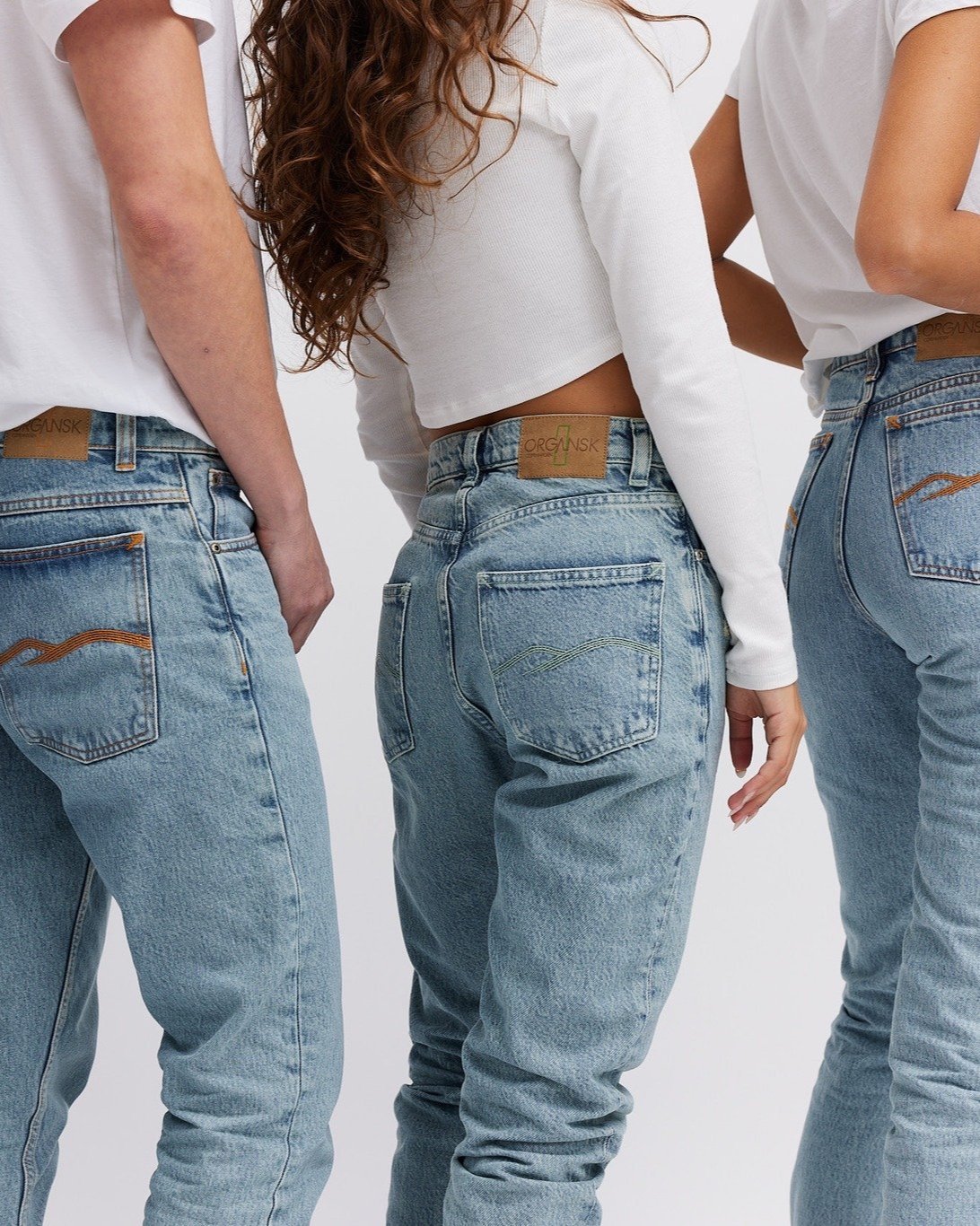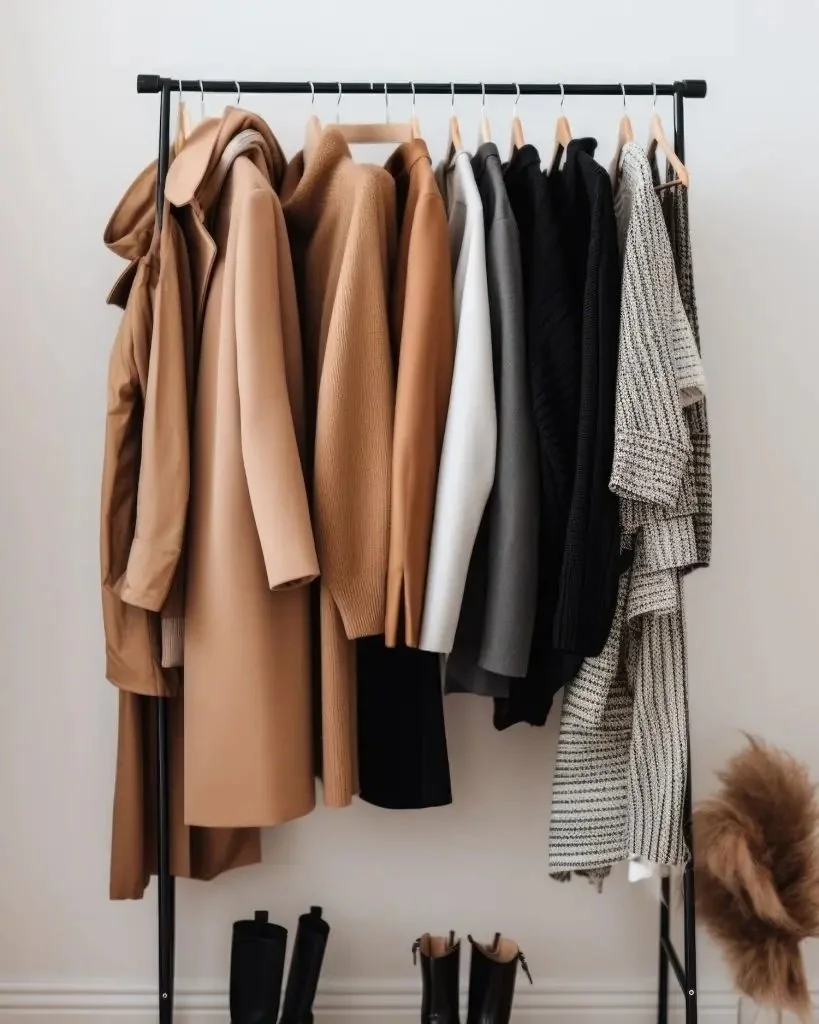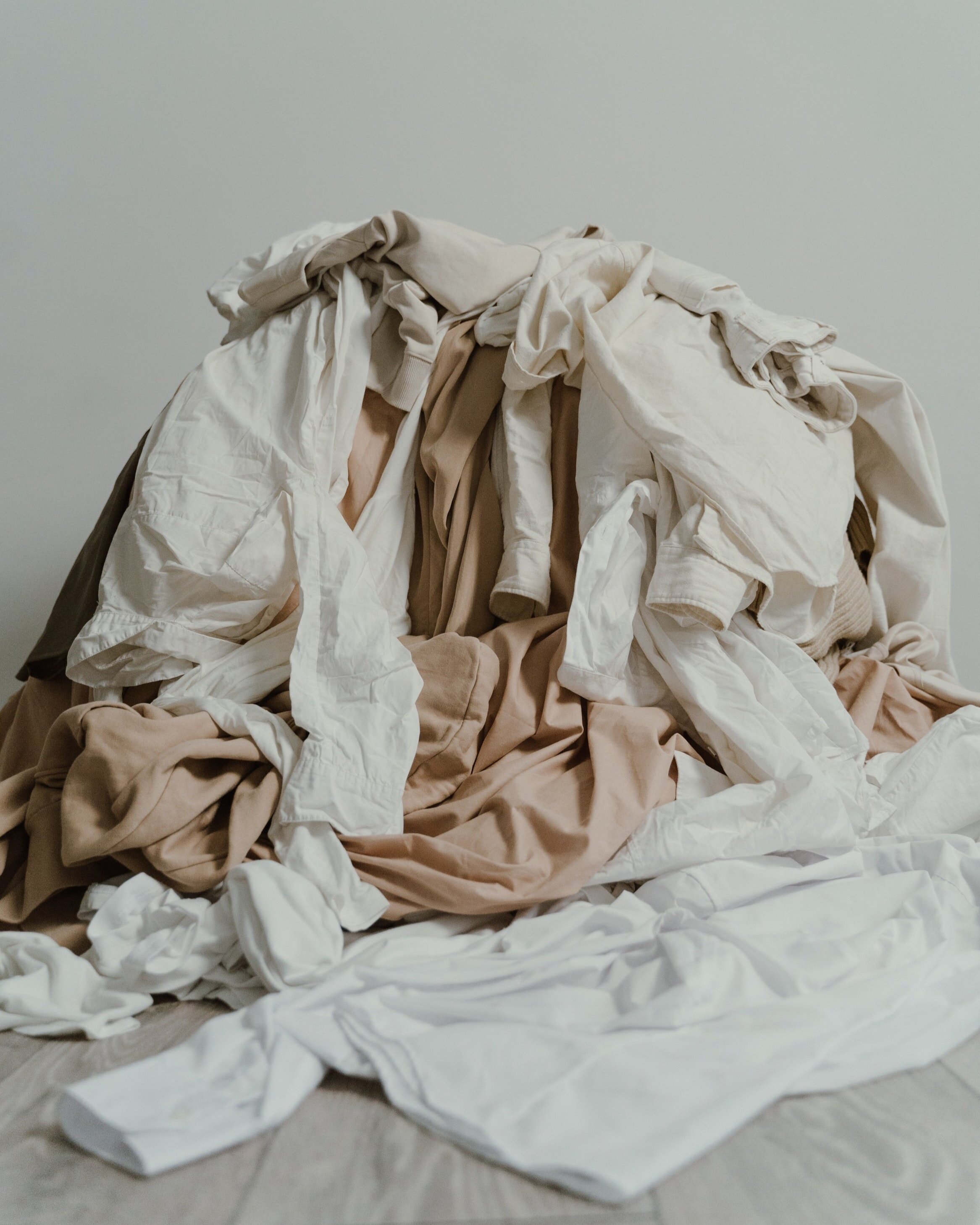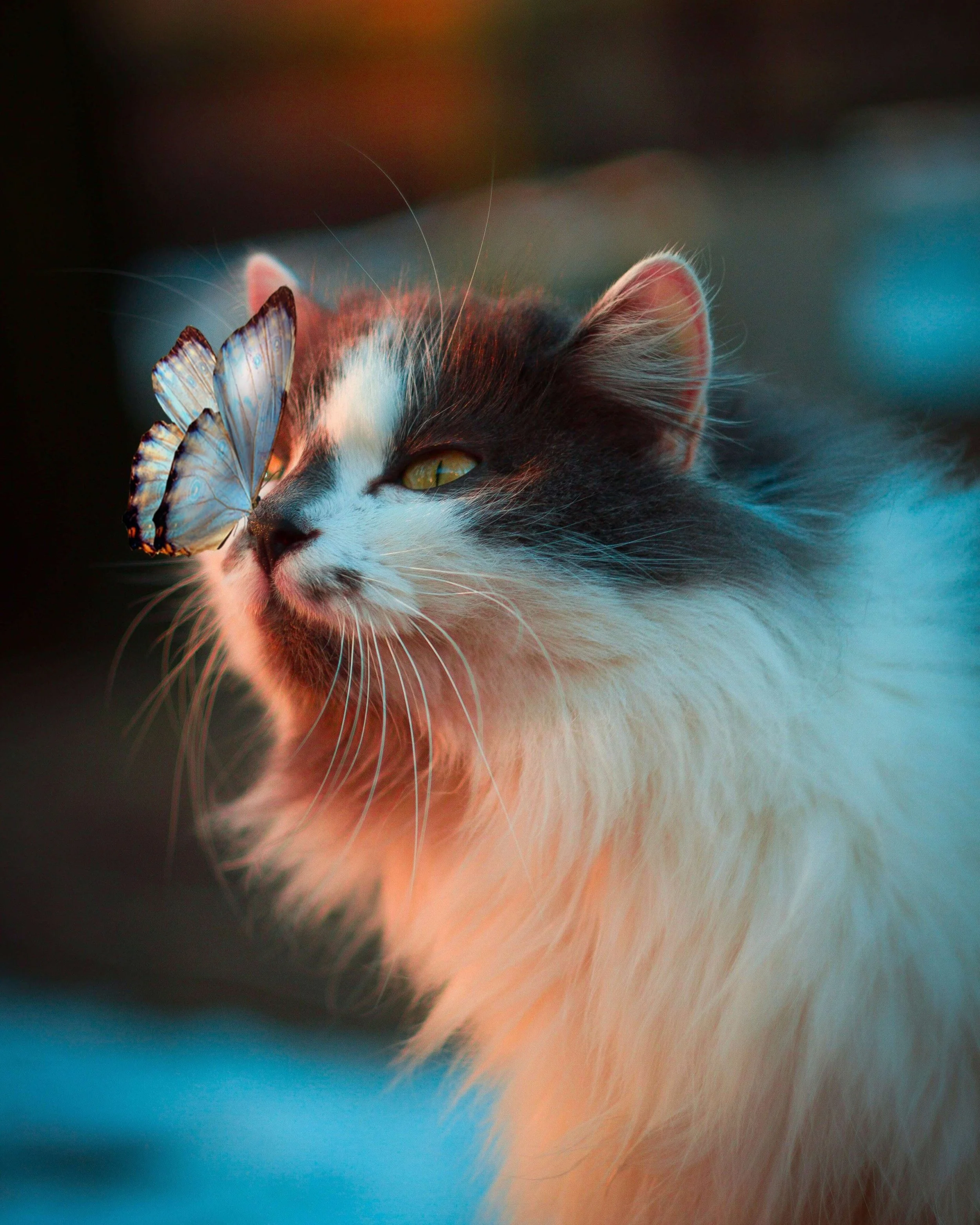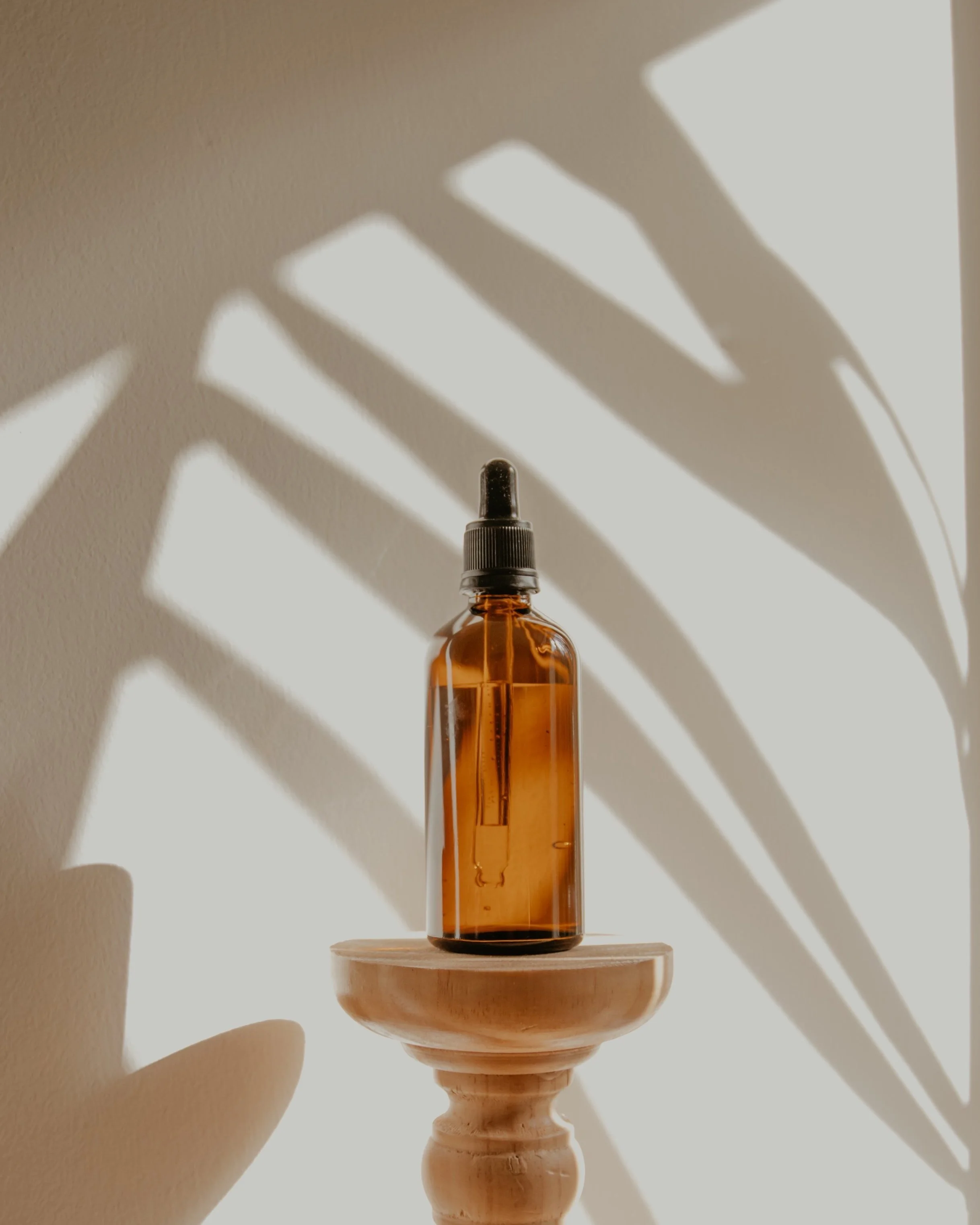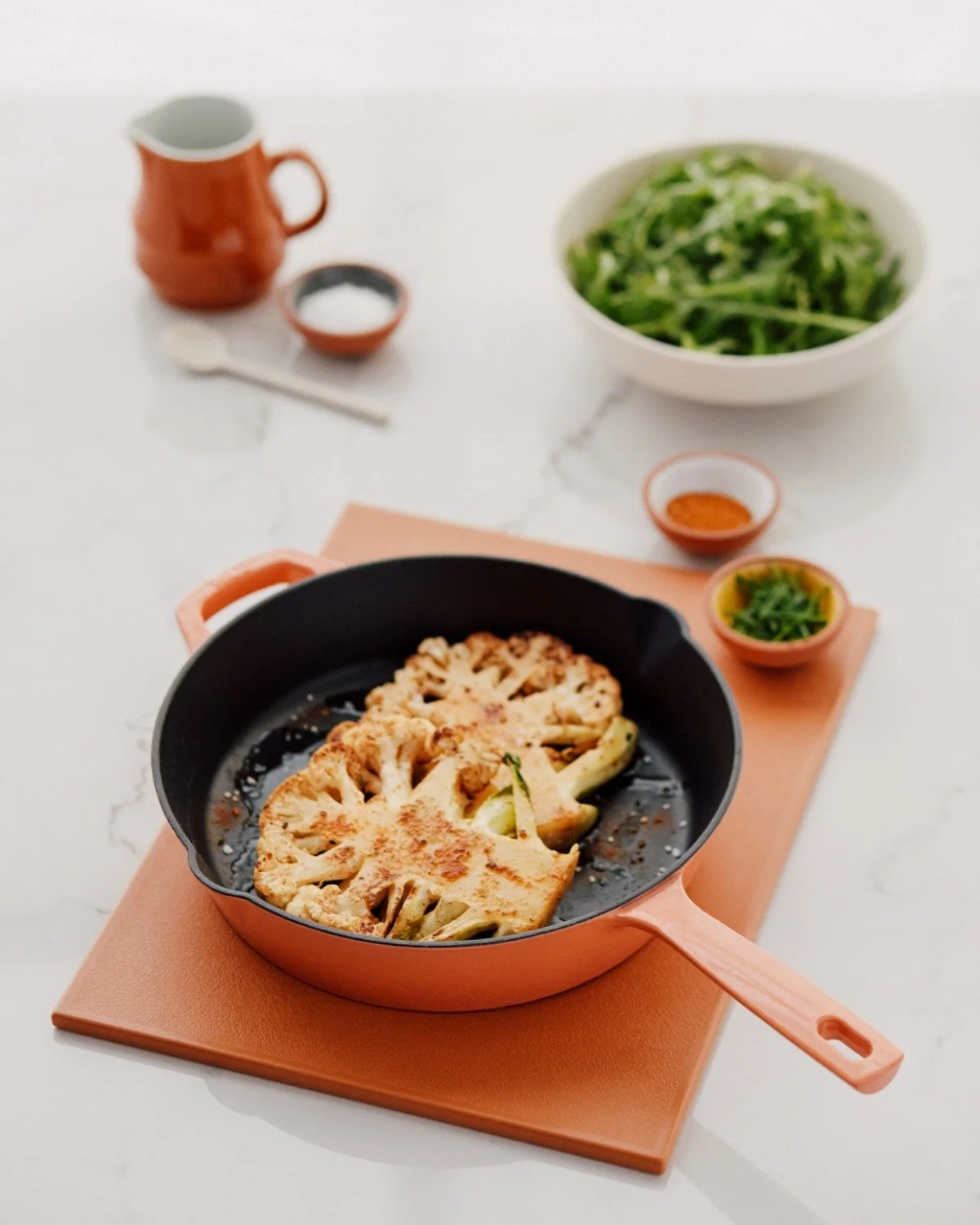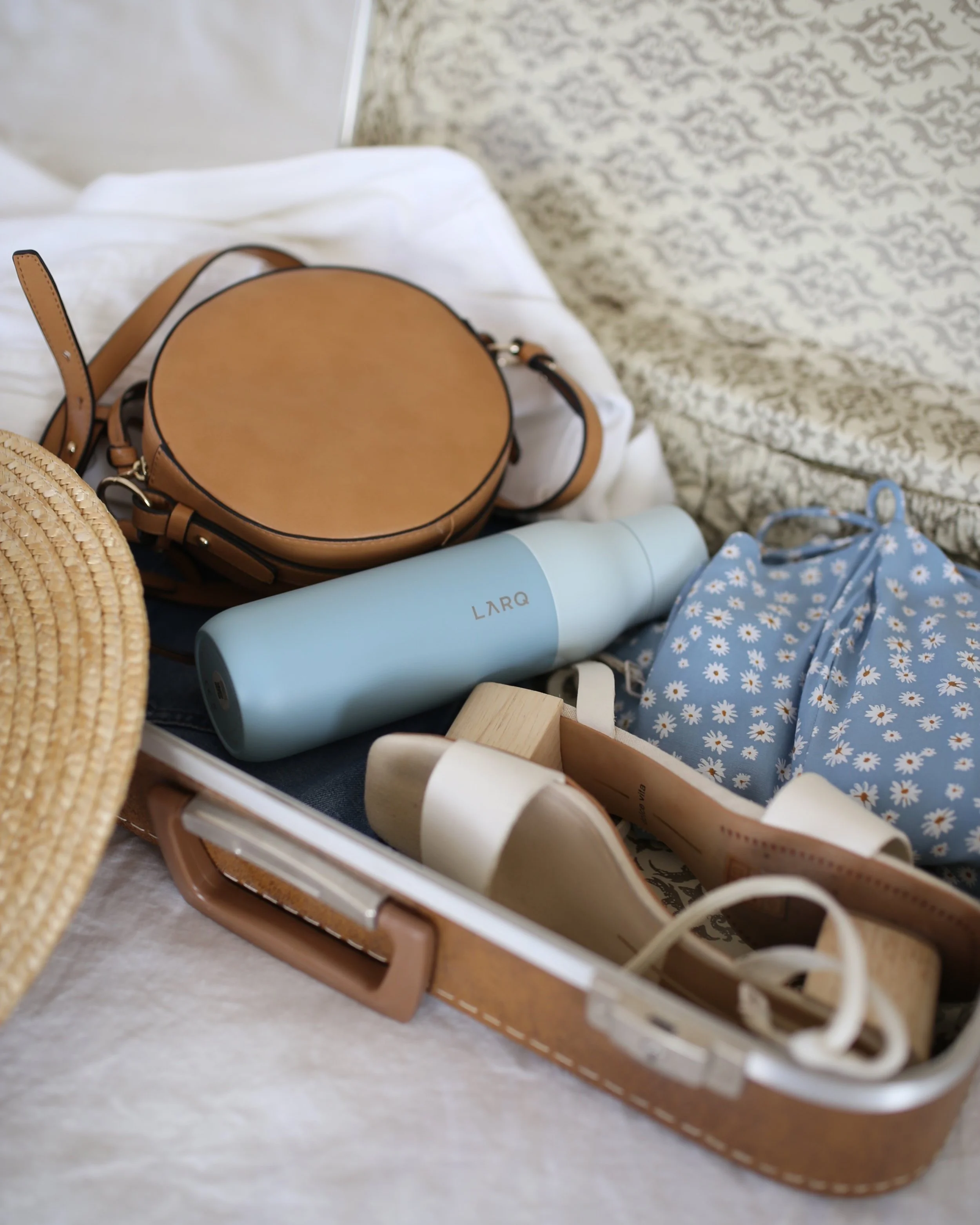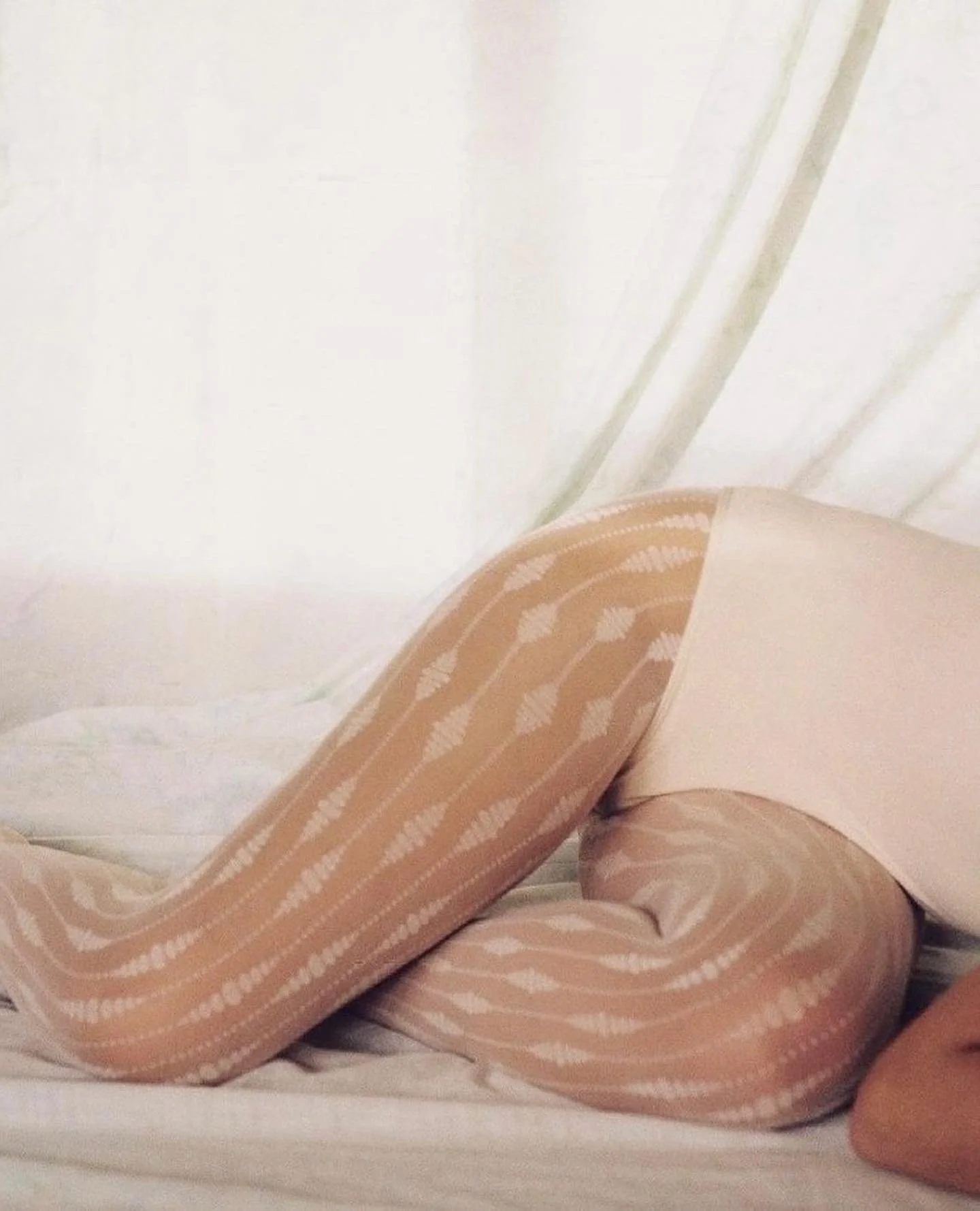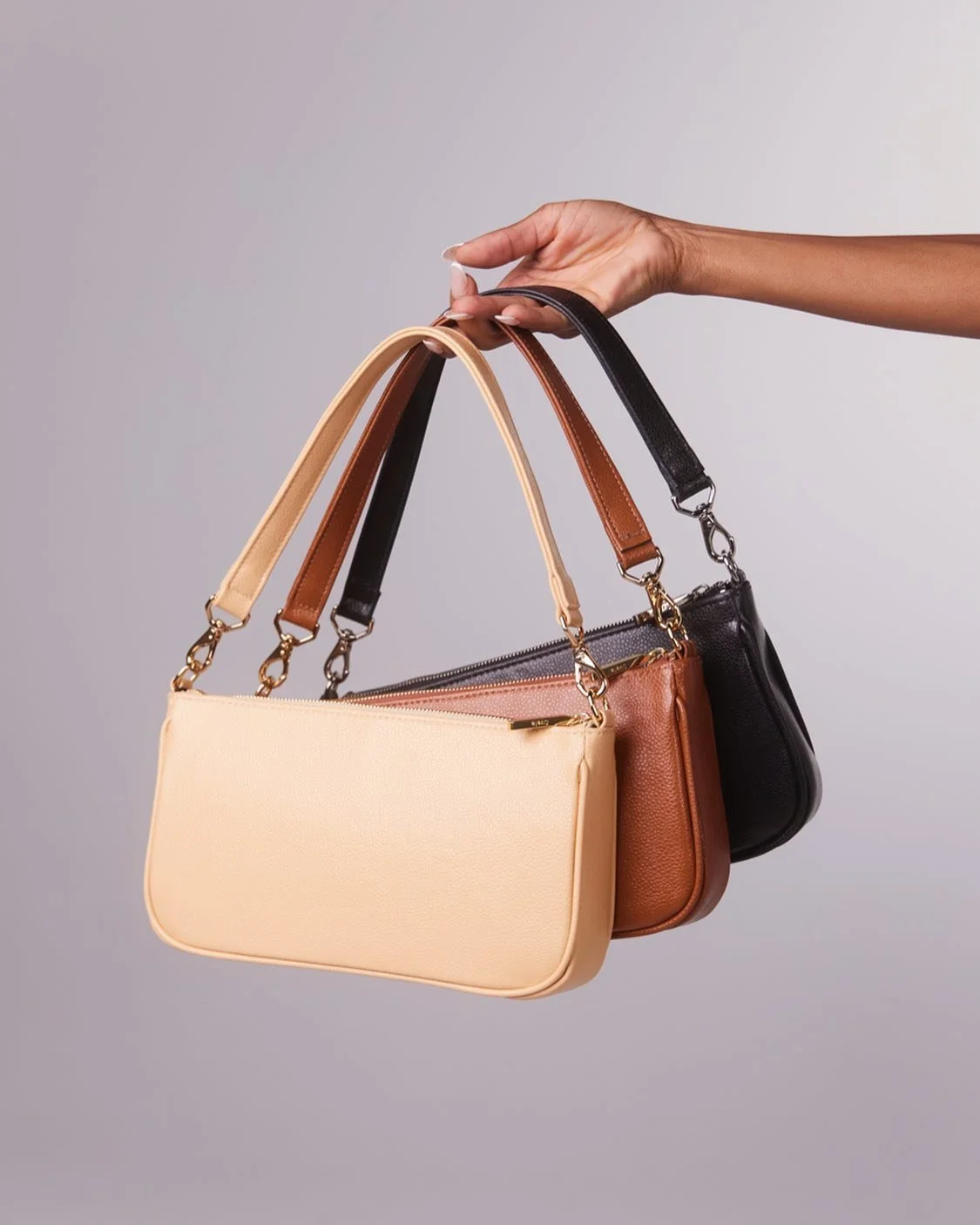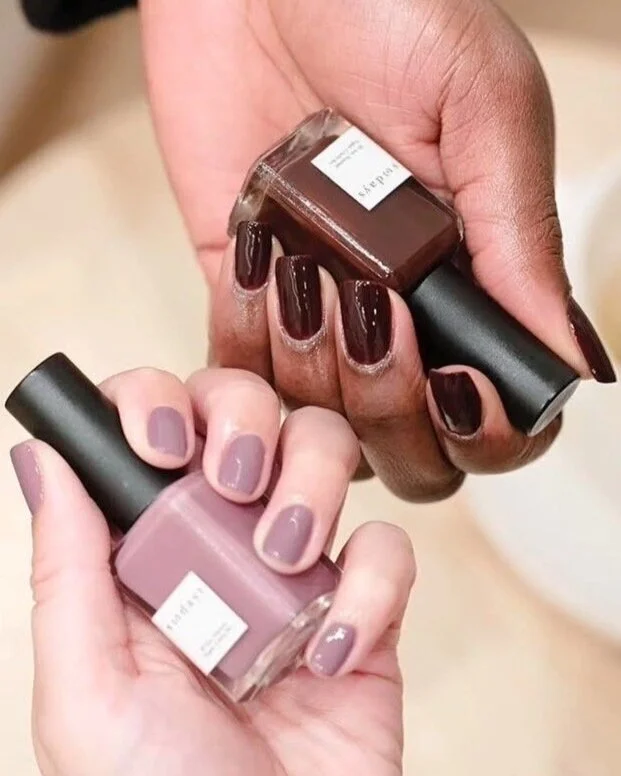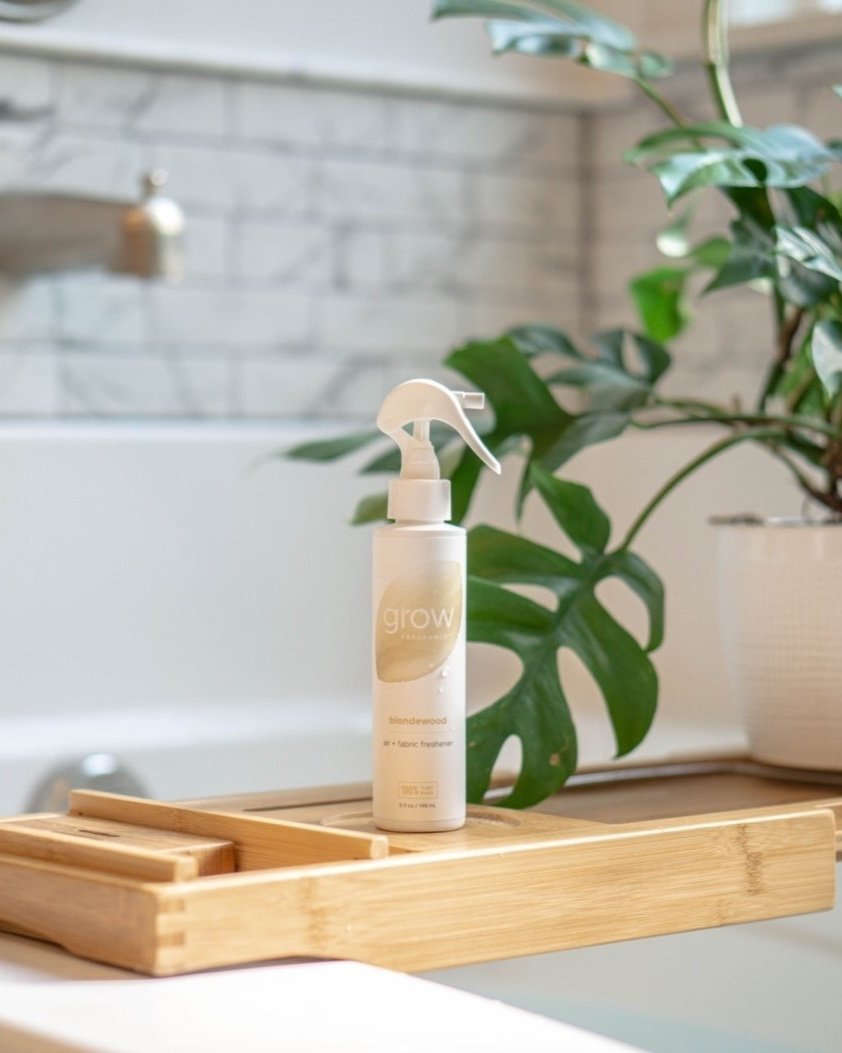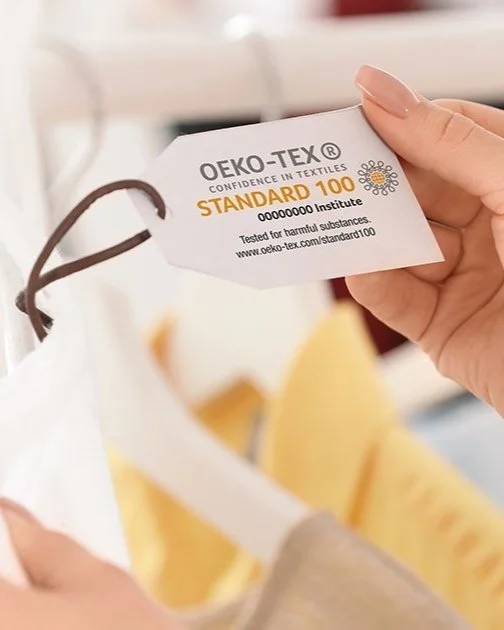
Fast fashion is a complex issue, and tackling it requires multi-layered solutions, including fast fashion laws. Dedicated policies and citizens' awareness are necessary to solve problems stemming from systemic injustice. So, to make fashion fair by default, regulators must make decisions that effectively hold companies accountable for their environmental impact and the quality of life they give their employees.
With increasing awareness amongst the public about the exploitative conditions and environmental issues at the basis of fast fashion and thanks to the work of activists, NGOs, and trade unions, regulators worldwide are taking some steps to change the fashion industry for the better.
European Union Lawmakers & Fast Fashion
The EU Strategy for Sustainable and Circular Textiles
Textiles have a sizable environmental impact in the EU. According to the European Environment Agency (EEA), in 2020, textile consumption put the third highest pressure on water and land use in the Union. This textile-industry-specific strategy aims to put the commitments of the European Green Deal, the Circular Economy Action Plan, and the European industrial strategy into practice by improving the environmental performance of this resource-intensive sector. To do so, it addresses issues throughout the textiles' life cycle through specific regulations and directives.
In terms of design, the Ecodesign for Sustainable Products Regulation (ESPR) set new design requirements for textiles, intending to make them more durable and easier to maintain and repair. Entered into force on 18 July this year, it also set 'ecodesign requirements' to increase the recycled content and better the availability of information on goods sustainability. It also introduced the Digital Product Passport (DPP), a digitally accessible product ID that will store info related to products sustainability and circularity performance and their legal compliance.
The Waste Framework Directive tackles the end-of-life aspect of textiles. It will require EU member states to ensure a separate collection of textiles by 1 January 2025. It also presented extended producer responsibility (EPR), an environmental policy mechanism that requires producers to take responsibility for the waste management of their products.
United States Fast Fashion Laws
The NY Fashion Act
The New York State Fashion Act is a state bill that would apply to fashion companies doing business in New York with a global revenue of $100 million. If passed, it would mandate fashion sellers to be accountable for their environmental and social standards and bring about a shift in the fashion world by harnessing the economic power of New York in this sector and beyond.
Introduced in the 2022 New York legislative session by State Senator Alessandra Biaggi and Assemblymember Dr. Anna Kelles, it would set a legal framework to enforce standardized due diligence requirements across apparel and footwear supply chains. The action mandated by this bill would include "identifying, preventing, mitigating, accounting for, and taking remedial action to address actual and potential adverse impacts to the environment.". In addition, the apparel companies covered by the Fashion Act would have to collaborate with their suppliers to manage their chemical use throughout production.
This bill focuses on accountability. Through Mandatory Due Diligence, this state bill would demand the achievement of Science Based Targets (SBTs) in line with the goals of the Paris Agreement and map and disclose their supply chain. Under this act, the Attorney General would be able to monitor, investigate and enforce compliance. Non-compliant brands who do not remedy within a three-month notice time-frame may be fined up to 2% of their annual revenue. This money would be invested in environmental projects and to the benefit of directly injured workers and communities.
The Responsible Textile Recovery Act
On the other side of America, in California, lawmakers are also working on tackling the burden fashion overproduction and overconsumption put on communities and the environment. In the Golden State, Senator Newman, along with Senators Skinner and Wiener, introduced Senate Bill 707 last year.
Passed by the California Assembly Natural Resources Committee last summer, apparel and textile articles would have to form and join a producer responsibility organization (PRO) under the Responsible Textile Recovery Act. In addition, this bill would establish a statewide extended producer responsibility program for fashion goods if it becomes law.
This EPR would facilitate rearing and reusing, improve fashion's environmental and social impact, and reduce hazardous waste production. The Responsible Textile Recovery Act would cover manufacturers who are domiciled in California and those who operate there and establish the Textile Stewardship Recovery Fund in the State Treasury. This bill ould be a move towards sustainability and circularity in the fashion industry in California, where 1.2 million tons of textiles were disposed of in 2021.
Why we Need Fast Fashion Laws
The fast fashion industry poses significant environmental and ethical challenges that cannot be addressed by consumer choices alone. Implementing robust legislation is essential to hold companies accountable for their environmental impact and labor practices. By enacting laws that enforce transparency, promote sustainable production, and protect workers' rights, we can drive systemic change towards a more ethical and sustainable fashion industry.
About the Author
Roberta Fabbrocino is a journalist specialized in climate change and sustainability-related topics. Her articles have been published in several international eco-publications. Roberta also works as a content writer for sustainable companies.
MAKE SURE TO PIN THE PHOTO BELOW TO SAVE THIS POST FOR LATER!
WANT TO FIND MORE SUSTAINABLE BRANDS?
The Brand Directory features hundreds of sustainable brands approved by us!
We have broken everything down by category for easy shopping, along with discount codes unique to Sustainably Chic viewers.





